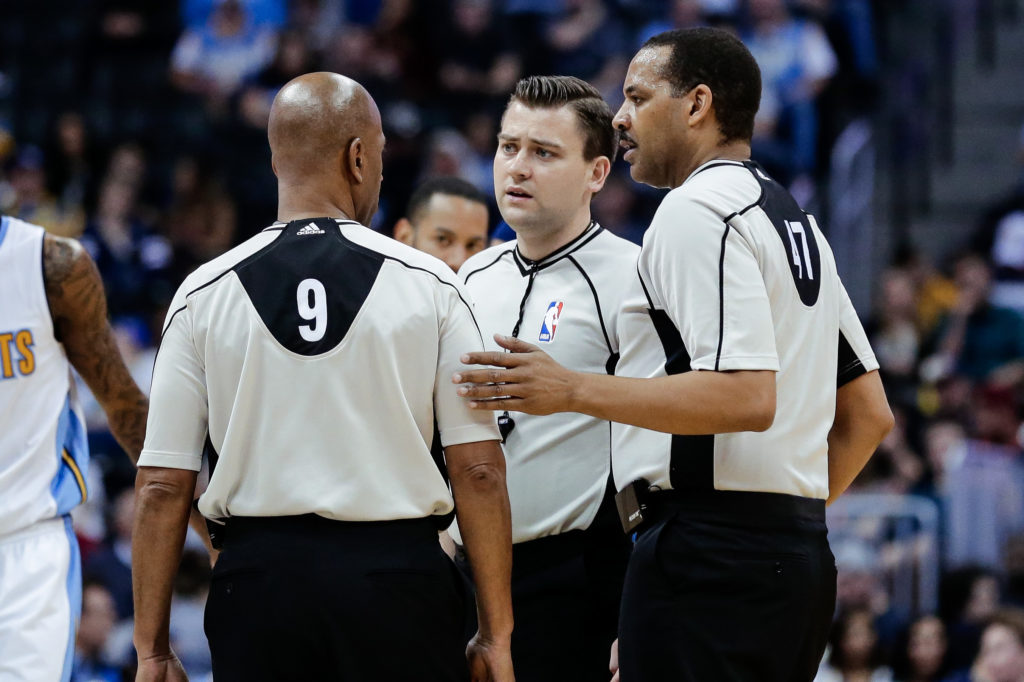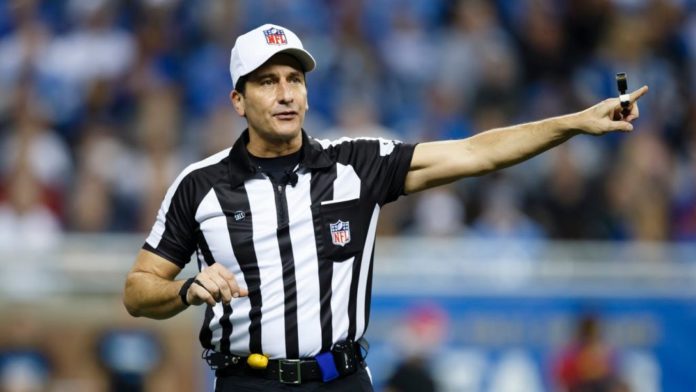Youth soccer has a small problem: referees are hard to come by. Aggressive parents, the stressors of travel leagues and volunteers that don’t have a full grasp of the rules all contribute to the growing shortage of referees. Some feel pushed out and can’t deal with everyone second guessing them, while others just can’t seem to do the job to their fullest potential.
Being an official is hard. Pros do not appreciate calls against them when they feel they are in the right. Emotions can get heated, and even officials can feel like they’ve made a mistake.
And statistically speaking, they probably have. Stoppage time can also interrupt the flow of the game and influence the outcome in ways that are sometimes hard to pinpoint.
This is where VR can play a role and already is at the professional level. New technology almost always takes time to trickle down to the consumer level, but a glimpse into what the major leagues are doing with VR shows us what the future generation of official might look like.
STRIVR for Officials
Derrick Hall, CEO of the Arizona Diamondbacks, discussed how his team is utilizing VR experiences designed to improve the practice time his team is able to get. One of the virtues of STRIVR is the number of times players can spend running through motions and training the brain off the practice field.
MLB, as an organization, appears to see the virtue here. They haven’t settled on a partner yet, but Hall confirmed that umpires are beginning to use training software similar to learn how to call plays.
A program like STRIVR allows us to capture granular data about the subject. We can see how the umpire thinks, what the sideline calls are like, and teach officials how to better make close calls. Because so many games are broadcast in VR, the footage is basically already there. A few additional cameras could capture better real-life scenarios, but the league largely has enough scenarios to experiment with nearly any combination of effects for a play.
What the Majors are Doing

All three major leagues are now openly experimenting with VR for officiating. STRIVR’s work with Stanford appears to have put the NFL at the forefront of this budding market, but both MLB and NBA are quickly following suit.
The move is part of a larger strategy that will look to technology that can analytically help recruit and train officials. More accurate play calling that is free from bias makes the game pure and helps everyone. Simulations can also help track call accuracy over the career of an official, which can give us greater insight into how seasoned referees think. That knowledge is easy to quantify when you can track how they move, where they are looking, where they position themselves, their anticipation of the next play and their interaction with players.
Leagues can also teach officials how to spot the more difficult calls. The NBA’s current approach is to have young and old referees travel together, as a unit, and to work harder on tracking the accuracy of its calls. They believe that VR will help them beef their officiating staff up by ten percent, and put officials on the court who know what they are doing.
It’s important to remember that officiating is controversial and open to bias. The leagues are being overly cautious about securing VR partnerships for this initiative, and they want to be sure they can measure their efforts in meaningful ways.
Final Thoughts
Officiating is set to change dramatically in the next few years. The NBA and NFL have made major pushes into VR with very public announcements. MLB has been coy with its VR experimentation, but we can safely conclude it’s happening.
There’s also a twist here that’s important to consider. Monday morning quarterbacking is a thing for basically every major sport, and it might get very analytical in the coming years as we learn more about which officials make the most accurate calls.











